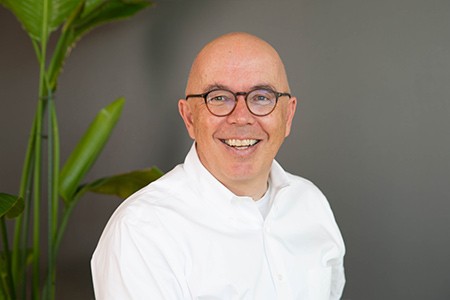- Video Library
- Jon H. Hoem, Pacertool - Improving Cardiac Resynchronization Therapy | LSI Europe '22
Jon H. Hoem, Pacertool - Improving Cardiac Resynchronization Therapy | LSI Europe '22

Jon H. Hoem
Jon joined Pacertool in March 2022 with more than 30 years’ Class IIb/III medical device experience in cardiac surgery and interventional cardiology filling various positions in product development, sales&marketing, and management.
He holds a master’s degree in microelectronics and organizational development from the Norwegian University of Science and Technology (NTH, now NTNU).
Jon H. Hoem
Jon joined Pacertool in March 2022 with more than 30 years’ Class IIb/III medical device experience in cardiac surgery and interventional cardiology filling various positions in product development, sales&marketing, and management.
He holds a master’s degree in microelectronics and organizational development from the Norwegian University of Science and Technology (NTH, now NTNU).

17011 Beach Blvd, Suite 500 Huntington Beach, CA 92647
714-847-3540© 2025 Life Science Intelligence, Inc., All Rights Reserved. | Privacy Policy







